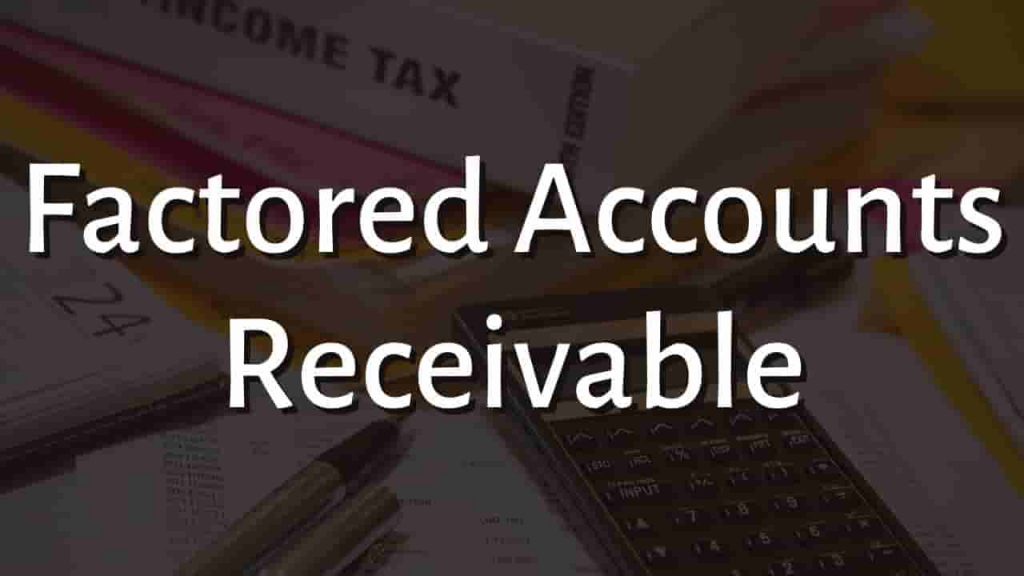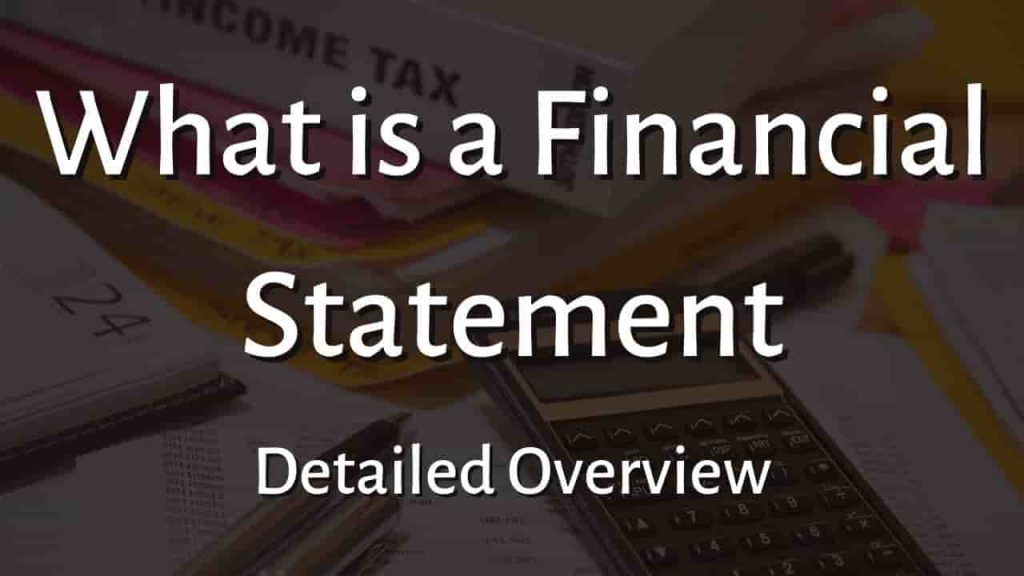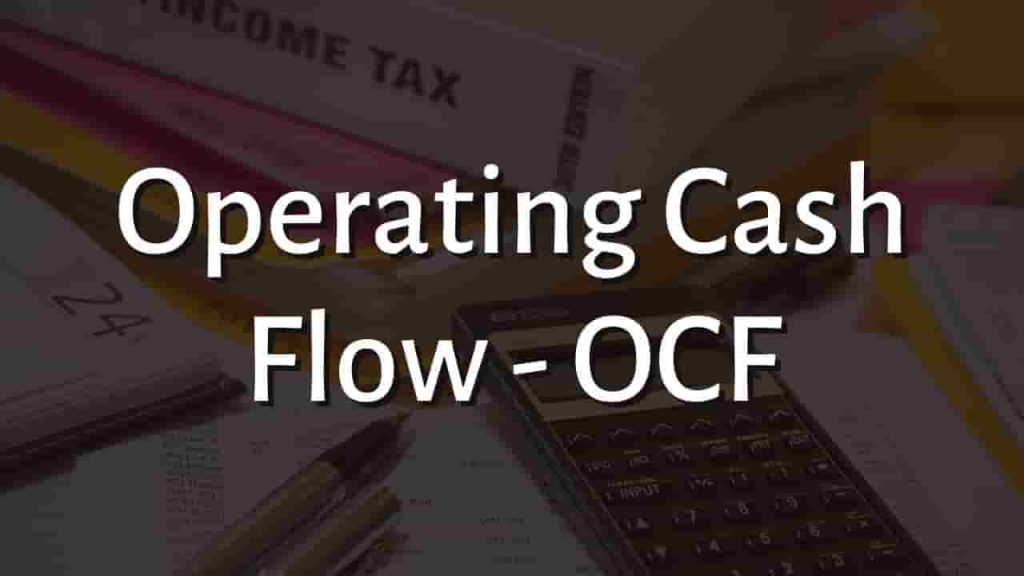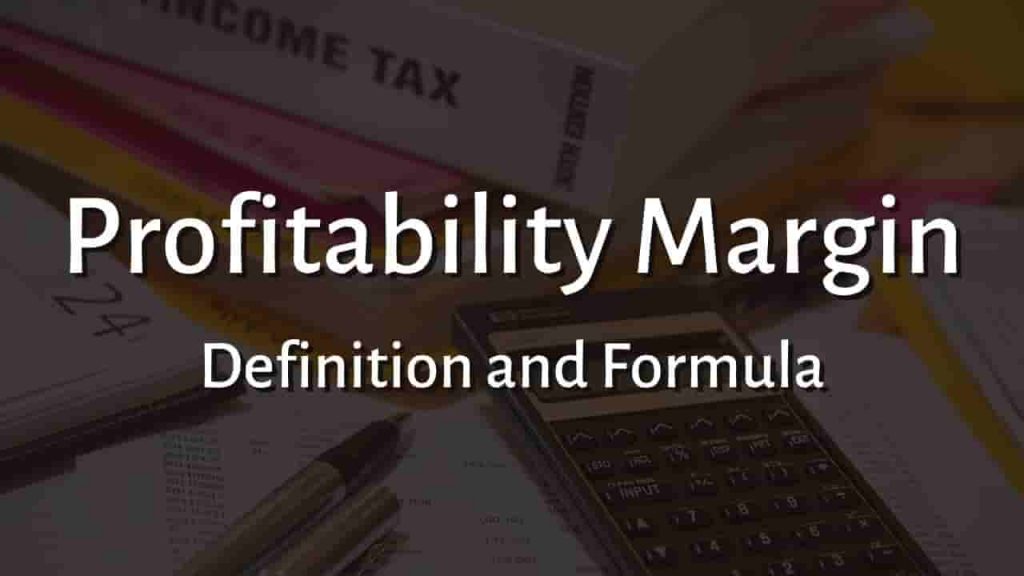Factored Accounts Receivable
Factoring receivables is the selling of accounts receivable in order to obtain working capital. When a lender purchases an invoice, the firm will get an initial advance, generally about 80% of the invoice amount. When they collect the invoice, the lender pays the borrower the remaining 20% (minus a charge).
Accounts receivable factoring allows businesses to acquire cash by selling invoices in exchange for cash advances. Accounts receivable factoring may be a solution for a company that has an overdue client invoice but cannot wait 30 to 90 days for payment.
How Does Factoring Receivable Works
The business owner sells an invoice to a factoring company, which pays the business owner a significant portion of the invoice as an advance. The factoring business contacts the consumer to request payment. After receiving it, the factoring firm pays the remaining invoice amount, minus costs, to the business.
This type of finance, also known as invoice factoring or factoring receivables, enables businesses to swiftly access cash that they have received. Because it isn’t really a loan, it might be a useful choice for business owners who have terrible credit or have a limited credit history.
Here are a few steps of how receivables factoring works:
Step 1: You offer your services or products to your consumer as normal.
Step 2: As soon as the services are delivered, you invoice the customer.
Step 3: You hand over the bill to the finance company. The invoice is “bought,” and you are instantly given an advance payment equal to or more than 80% of the invoice amount. The balance of around 20% is retained in reserve.
Step 4: Your consumer pays their invoice to the finance company (with your name on it). The reserve amount, fewer transaction costs, is transferred to your firm once payment is received.
Types of Factoring
There are two types of factoring
- Factoring Accounts receivable With Recourse
- Factoring Accounts receivable Without Recourse
Factoring Accounts Receivable With Recourse
The most frequent type of factoring is recourse factoring, which requires your firm to purchase back any invoices on which the factoring company is unable to collect payment. You are ultimately liable for any failure to pay.
Factoring Accounts Receivable Without Recourse
Non-recourse factoring means that the factoring business bears the majority of the risk of your client’s failure to pay. Non-recourse does not, however, insulate your organization from all risks.
Non-recourse factoring normally comes with limitations, and the scenarios in which you are not liable for client nonpayment are highly particular.
Many factoring organizations, for example, provide non-recourse financing, which applies only if a debtor files bankruptcy.
Furthermore, they will limit non-recourse agreements to debtors with strong credit ratings, implying that debtors with poor credit ratings (who are at the biggest risk of non-payment) will not be eligible for non-recourse.
Because non-recourse agreements often have a higher factoring rate (sometimes by a full percentage point), it’s critical to assess if the higher rate is truly worth the expense.
Factoring of Accounts Receivable Example
Suppose you have a $20,000 bill that is due in 30 days. You decide to factor in this bill since you need to buy equipment for a new project.
The factoring firm offers a monthly discount rate of 2%. According to their conditions, you will receive 90 percent of the invoice cost immediately and the remaining amount of the invoice when your client makes complete payment.
So you get an $18,000 advance to buy equipment and keep your firm expanding. Then, if your buyer pays within 30 days, you will receive $1600, which is the remaining invoice amount ($20,000) less the 2% discount rate ($400).
The total cost of factoring in this scenario is $400.
Advantages of Factoring of Accounts Receivable
The most obvious advantage of factoring in receivables is that you do not have to wait for your customers to pay you. But there are other merits as well.
Easier collections: According to business owners, one of the most challenging and time-consuming duties is collecting receivables. factoring receivable removes you from the receivables business, allowing you to focus on serving your customers and operating your business.
Immediate funds: You may acquire money rapidly through accounts receivable factoring of qualified accounts at any time, and in many circumstances, you can be paid the same day.
Helps start-ups: Small companies face many financial problems. Additional funding via factoring may be the appropriate answer for leveraging your clients’ credit to grow your firm. (We do, in fact, work with startups.)
Builds your credit: With factoring loans and asset-based lending, your company will have the cash flow to pay its bills on time, ultimately boosting its credit score and allowing you to negotiate better terms with your suppliers.
Helps you in taking advantage of “early pay” discounts: Your clients consistently take advantage of your “two ten, net 30” terms, so why shouldn’t you? Receivables factoring provides you with the funds you need to take advantage of such savings and improve your bottom line.
For more click here and if you are looking for full forms of different acronyms and words then check out this list you really gonna find this helpful. We also have an Essay on every topic, Check the complete list here. If you are Studying in Matric Free Video Lectures of Maths, Physics and English are here, and we have got you covered for I.COM Business Maths also.







